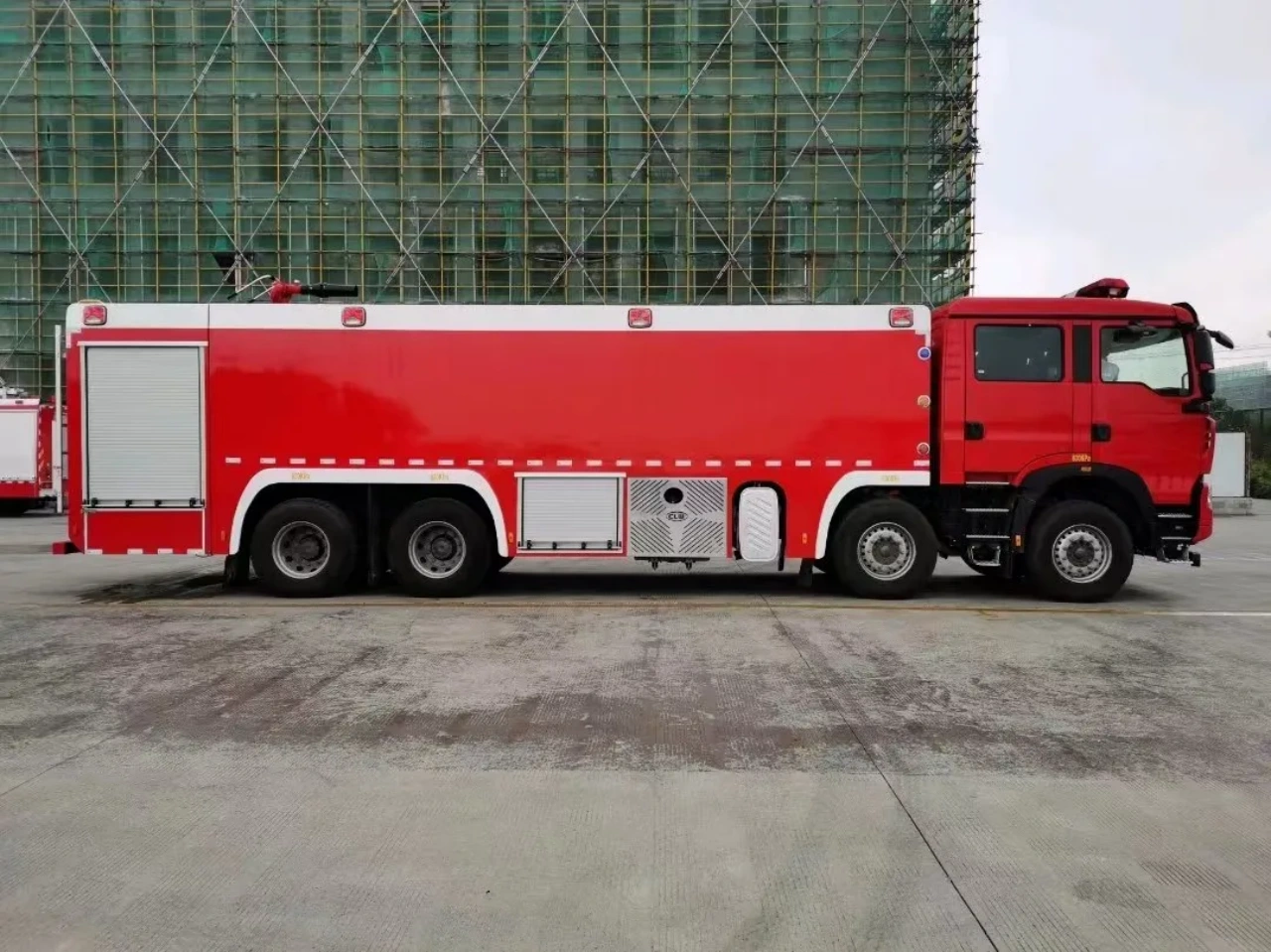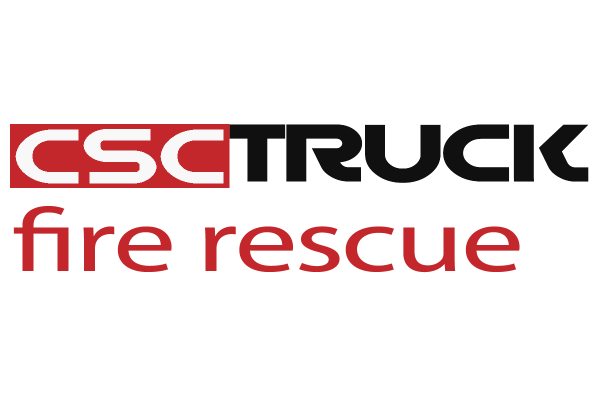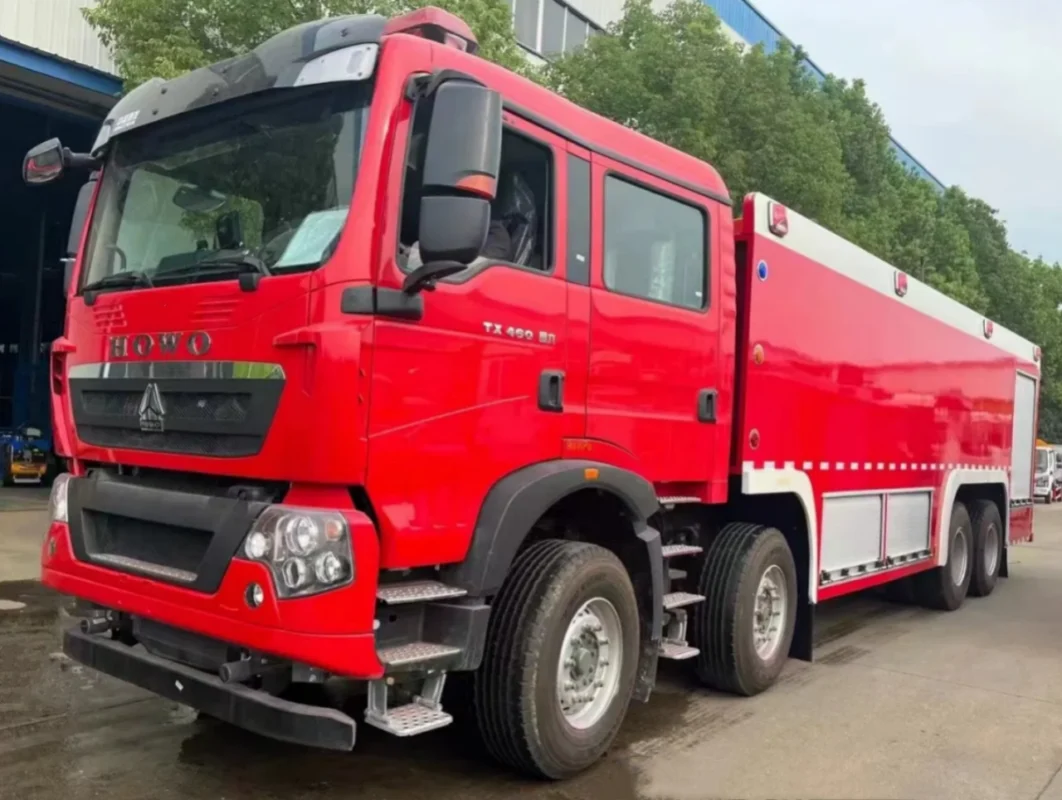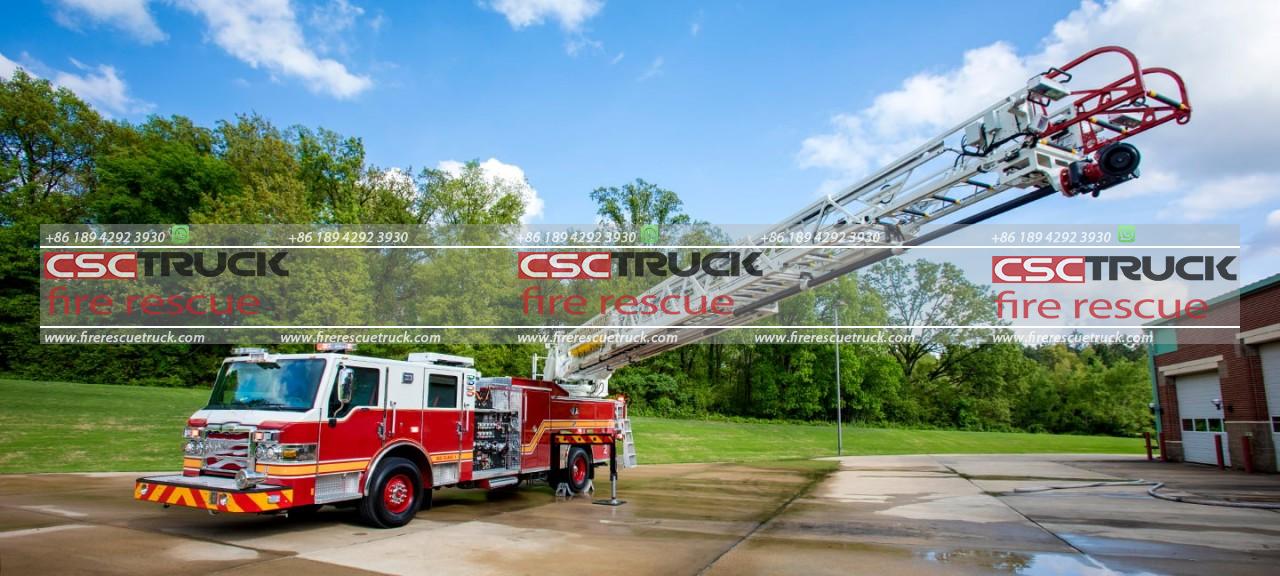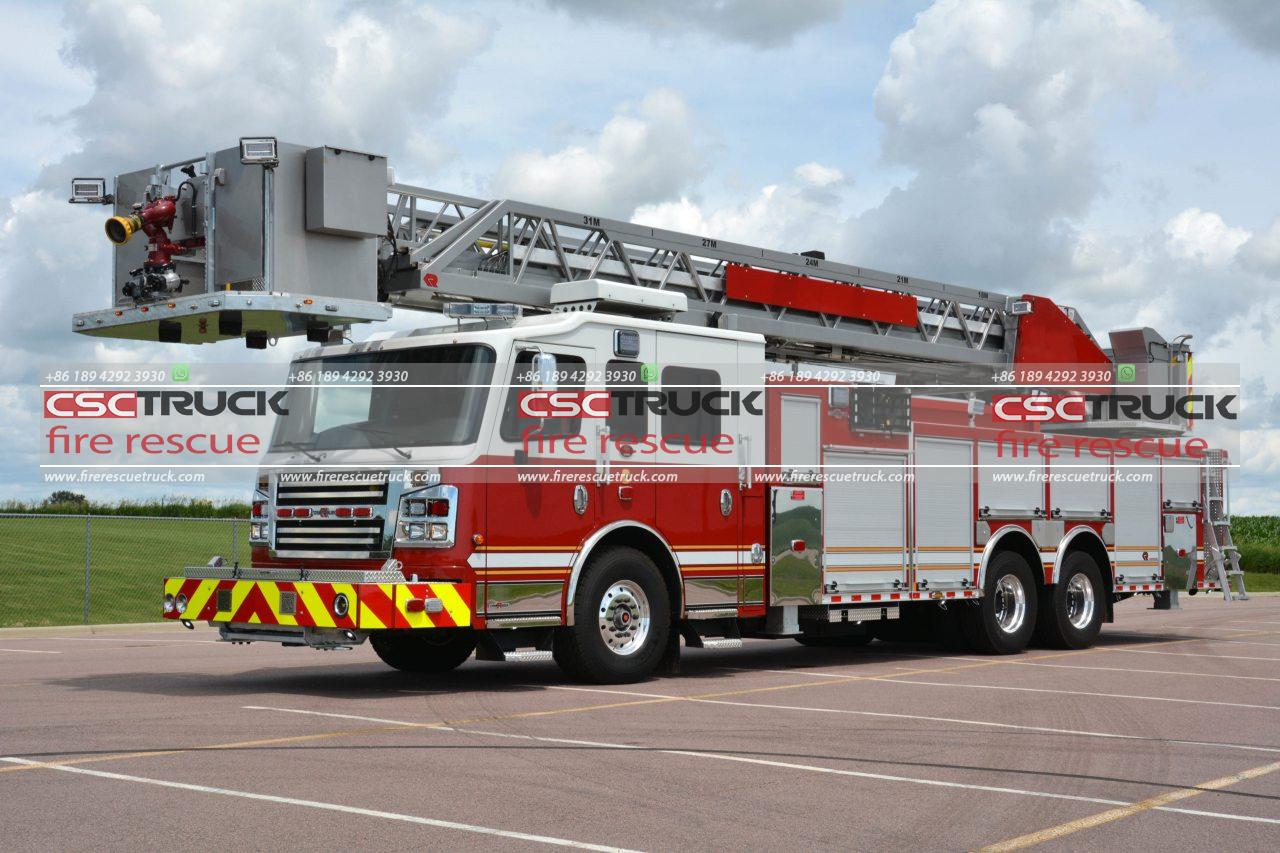Introduction
Fire emergencies demand quick and efficient responses, and fire departments worldwide rely on specialized equipment to combat blazes effectively. One of the most crucial vehicles in firefighting operations is the pumper fire truck, commonly referred to as a pumper fire apparatus. This article explores what a pumper fire is, how a pumper fire truck operates, and why it is indispensable to firefighting efforts.
Understanding a Pumper Fire
A pumper fire refers to a fire scenario that necessitates the use of a pumper fire truck for suppression. Such incidents often involve structures, vehicles, wildlands, or any situation where water or foam is required for fire control. A pumper fire truck is specifically designed to pump water from various sources—hydrants, lakes, rivers, or onboard tanks—and distribute it through hoses to extinguish fires efficiently.
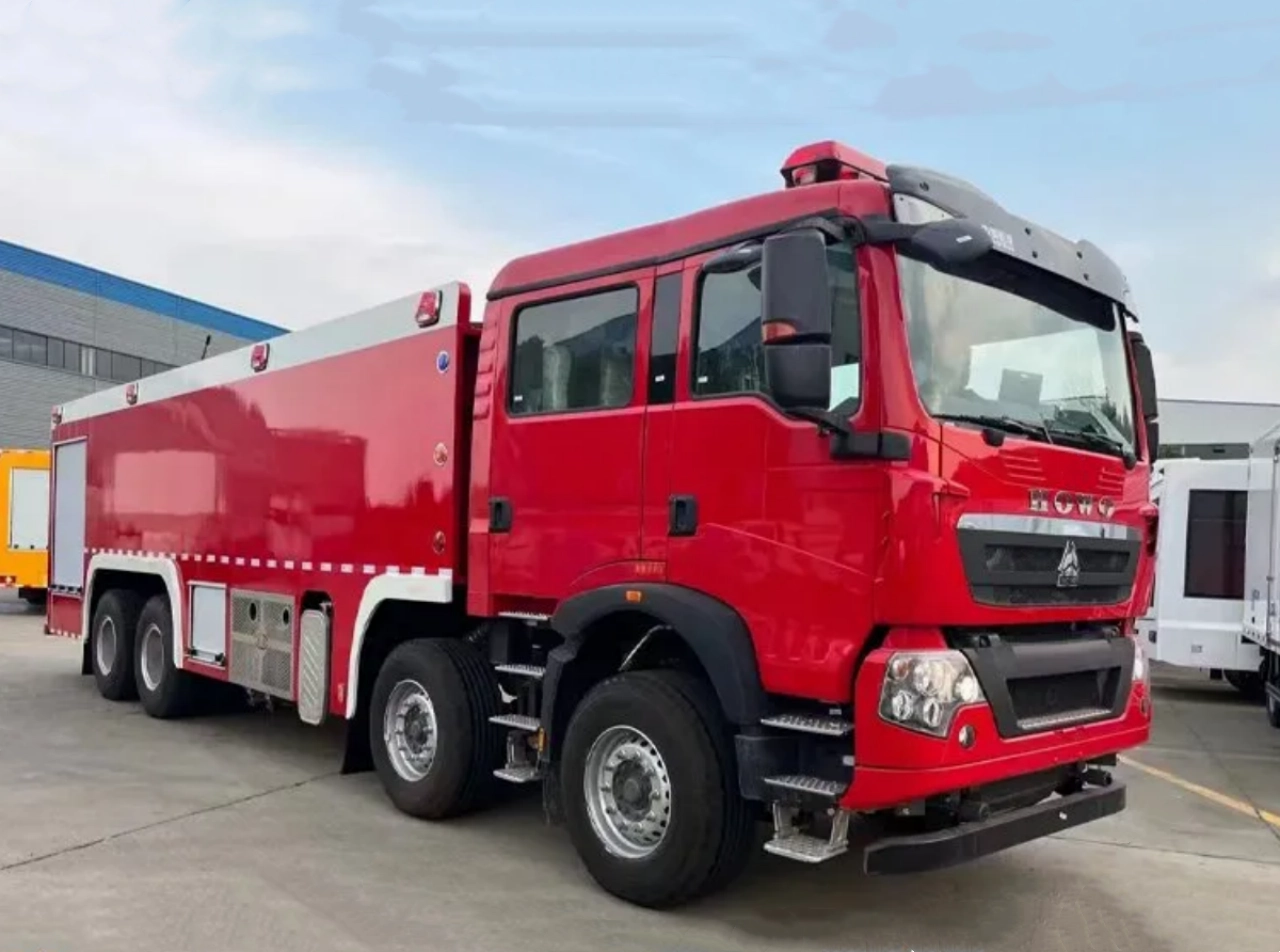
The Role of a Pumper Fire Truck
A pumper fire truck is the backbone of most firefighting operations. It is equipped with a powerful water pump, an onboard water tank, fire hoses, and various firefighting tools. The primary role of a pumper fire truck is to transport and deliver water under pressure to combat fires effectively. These trucks also carry additional equipment, such as ladders, nozzles, and breathing apparatus, to assist firefighters in rescue and fire suppression efforts.
Components of a Pumper Fire Truck
- Water Pump – The heart of a pumper fire truck, typically rated between 750 and 2,500 gallons per minute (GPM), depending on the truck’s size and intended use.
- Water Tank – Carries a supply of water ranging from 500 to 1,500 gallons for immediate fire suppression before accessing external water sources.
- Hose Compartments – Stores a variety of hoses, including large-diameter supply hoses and smaller attack lines used to control flames directly.
- Foam System – Some pumper trucks are equipped with foam proportioning systems to combat fires involving flammable liquids.
- Control Panel – Located on the side of the truck, this panel allows firefighters to regulate water pressure and flow.
- Tools & Equipment – Includes axes, pry bars, nozzles, and other firefighting tools necessary for breaking into structures and handling emergencies.
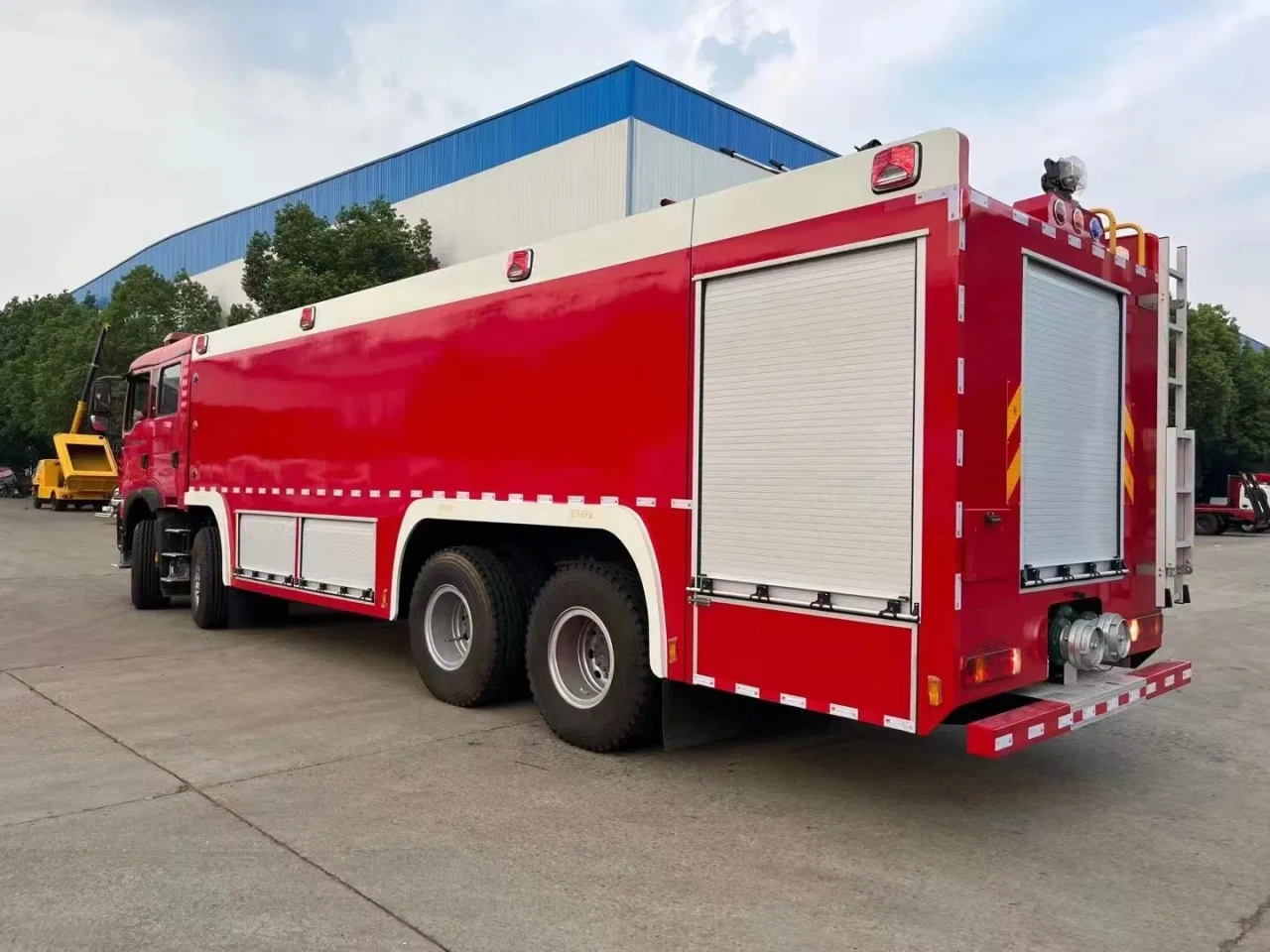
How a Pumper Fire Truck Operates
When responding to a fire, the pumper truck follows these steps:
- Arrival & Setup – Firefighters position the truck strategically, either connecting it to a fire hydrant or utilizing its onboard water tank.
- Pumping Water – If a hydrant is available, the truck’s pump draws water and distributes it through hoses. If no hydrant is accessible, the truck relies on its tank or drafts water from a natural source.
- Fire Suppression – Firefighters use hoses and nozzles to direct water or foam toward the flames, controlling and eventually extinguishing the fire.
- Continuous Water Supply – If necessary, additional pumper trucks or water tenders assist in maintaining an uninterrupted water flow.
Types of Pumper Fire Trucks
Pumper fire trucks come in various configurations to meet the specific needs of fire departments:
- Type 1 Pumpers – Standard municipal fire engines with high-capacity pumps and tanks, primarily used in urban and suburban areas.
- Type 2 Pumpers – Smaller units with slightly reduced pump and tank capacities, often deployed in rural settings.
- Wildland Pumpers – Designed for off-road capabilities to combat forest and brush fires.
- Industrial Pumpers – Equipped with larger pumps and foam systems for industrial facilities with high-risk fire hazards.
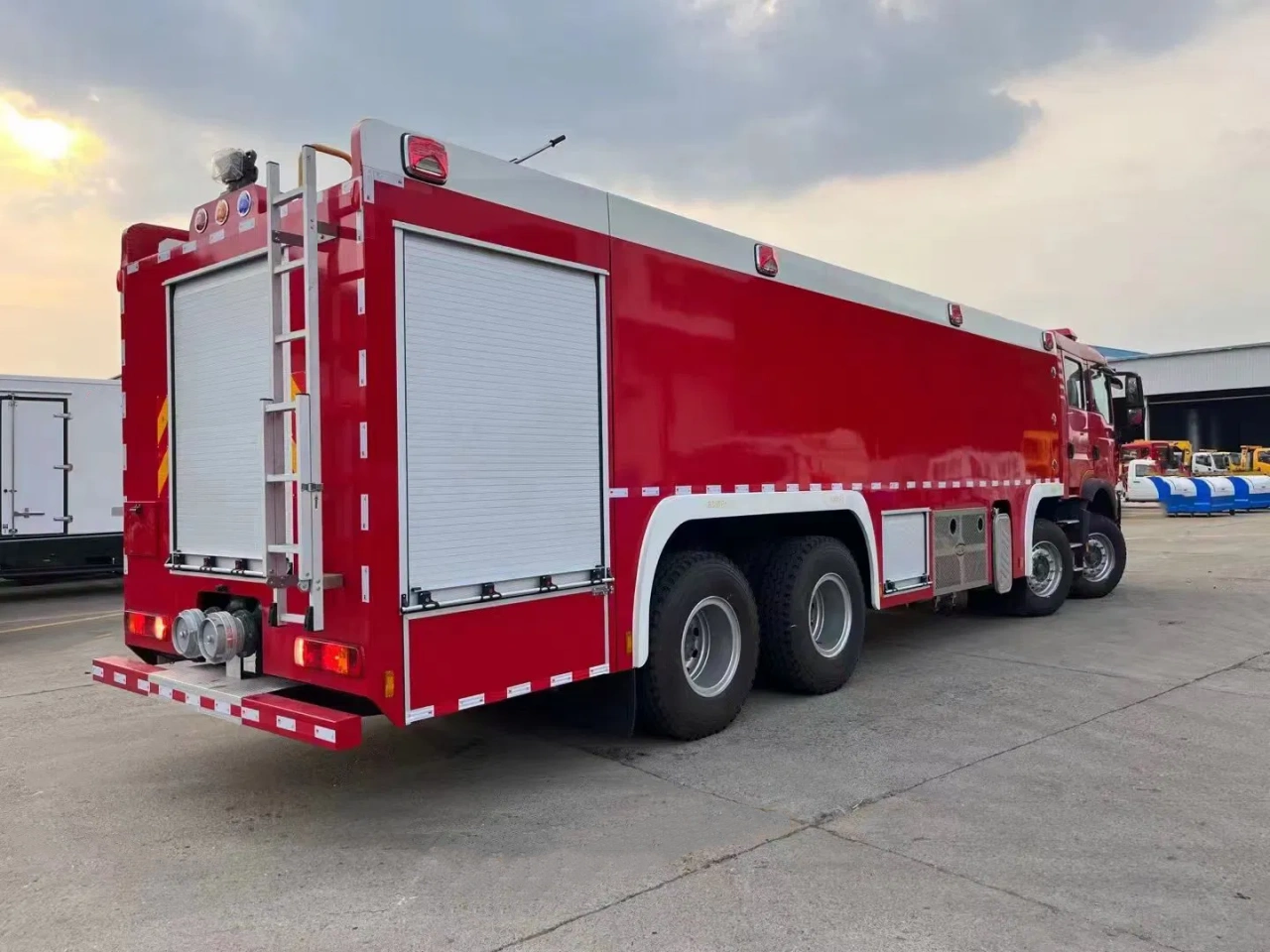
Importance of Pumper Fire Trucks
- Rapid Fire Suppression – Immediate water delivery helps contain fires before they escalate.
- Versatility – Suitable for various fire scenarios, from structural fires to vehicle and wildland incidents.
- Support Role – Can supply water to aerial ladder trucks and other firefighting units when needed.
- Rescue Operations – Often equipped with extrication tools for car accidents and building collapses.
- Firefighter Safety – Provides essential gear, including self-contained breathing apparatus (SCBA), to protect firefighters in hazardous environments.
Conclusion
A pumper fire refers to any fire incident requiring the use of a pumper fire truck for water-based suppression. These trucks are vital assets in firefighting, providing water, pressure, and necessary tools to combat fires efficiently. Whether in urban areas, rural landscapes, or industrial settings, pumper fire trucks ensure that firefighters can respond effectively and save lives. Understanding their capabilities highlights their importance in emergency response and fire safety management.
